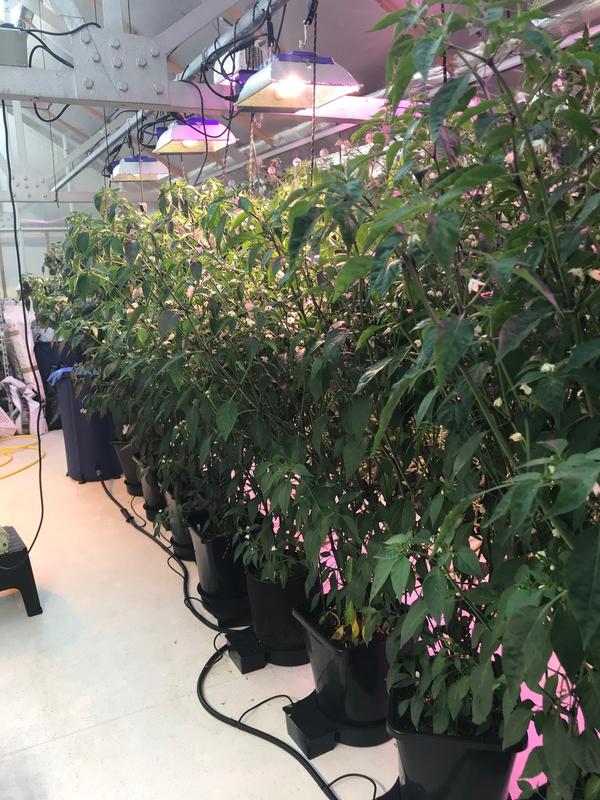
Operating a great-performing light fixture can be likened to having a V8 under the hood. . . it doesn’t have to look like a Maserati on the outside as long as you have a powerful core. That being said, car enthusiasts fully understand that, while a great engine is an absolute ‘must’ key feature, there are many supporting design elements that are critical in supporting a fast car. Efficient light fixtures are no different, as high-output lamps rely on efficient reflector and ballast designs in order to reach peak potential.
There are many different brands of 600 Watt HID fixtures sold into the UK market today, each touting its own set of features and benefits. Testing a number of these fixtures, SUNMASTER has recently confirmed that there is a wide disparity with regard to the optical performance of these fixtures, simply by measuring the number of µmol at the plant canopy as well as measuring the distribution of the light output across the plant canopy.
The reflector profile and its material components dramatically influence the overall performance of an HID lighting system. For example, when operating a lamp that produces approximately 1100 µmol, the net output of some HID fixtures is less than 825 µmol. In an increasingly competitive marketplace where supply is catching demand, optimizing the amount of light energy per Watt consumed should be a primary consideration for commercial growers and hobbyists alike.
Some useful tips when choosing and optimizing your HID light system include:
1. Assure that the brand you choose backs their performance. Look for or ask for an optical characterization, or profile, of the fixture output. If none are available, a fairly simple test can be conducted by hanging the fixture over a 1.2m2 area and measuring the µmol at every 20cm at ground level below the fixture. Light uniformity over this 1.2m2 area can be easily compared in this way, from one brand/model to another.
2. Assure good reflector specifications. Good polished aluminium has a reflectivity of approximately 95%. Superior reflectors are optically modelled given a particular light source to bend the light around the back side of the lamp rather than reflect the light back into the lamp.
3. Keep the reflector clean. Dust and dirt can reduce reflector efficiency by 15% or more. For dust and light debris, simply blowing out the reflector out may significantly improve the reflector efficiency. For finger prints and stubborn dirt, water and a micro fibre cloth may be used to polish aluminium reflectors.
4. Minimize the distance from the plant canopy. Surprisingly, some indoor growers mount their light fixtures as high as 150cm above the plant canopy. Light diminishes at an exponential rate compared to its distance from the target object (1/distance2 or inverse square law). So when moving a fixture that is 90cm from its target to 120cm from its target (25%), the light reaching the canopy will actually decrease by 44%. To reduce fixture count or simply increase light intensity, one should keep the fixture as close to the plant canopy as possible while managing the related heat emanating from the fixture.
5. Consider open fixtures where applicable. While many enclosed fixtures incorporate a glass lens, typically most flat glass covers will typically reduce the amount of light hitting the plant canopy by 5% or more due to reflection and/or refraction. In addition, glass lenses are a great flat surface for dust and debris to collect, further reducing light output.
While LED fixtures eliminate many of the potential obstacles listed above, HPS and ceramic metal halide systems continue to flourish in both hobby and commercial applications. Given the vast majority of horticultural lighting is currently HID-based, there are ample opportunities to optimize both existing and new HID lighting systems.
